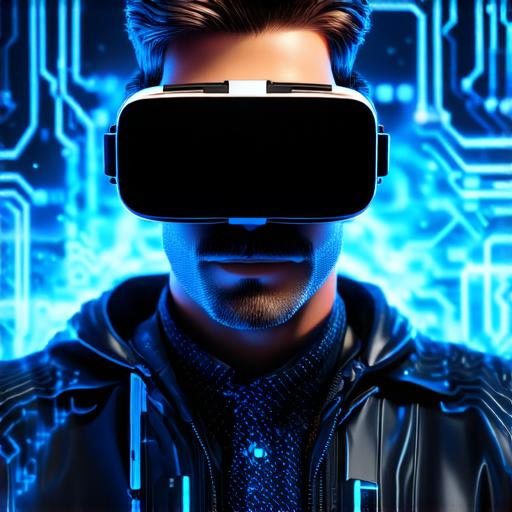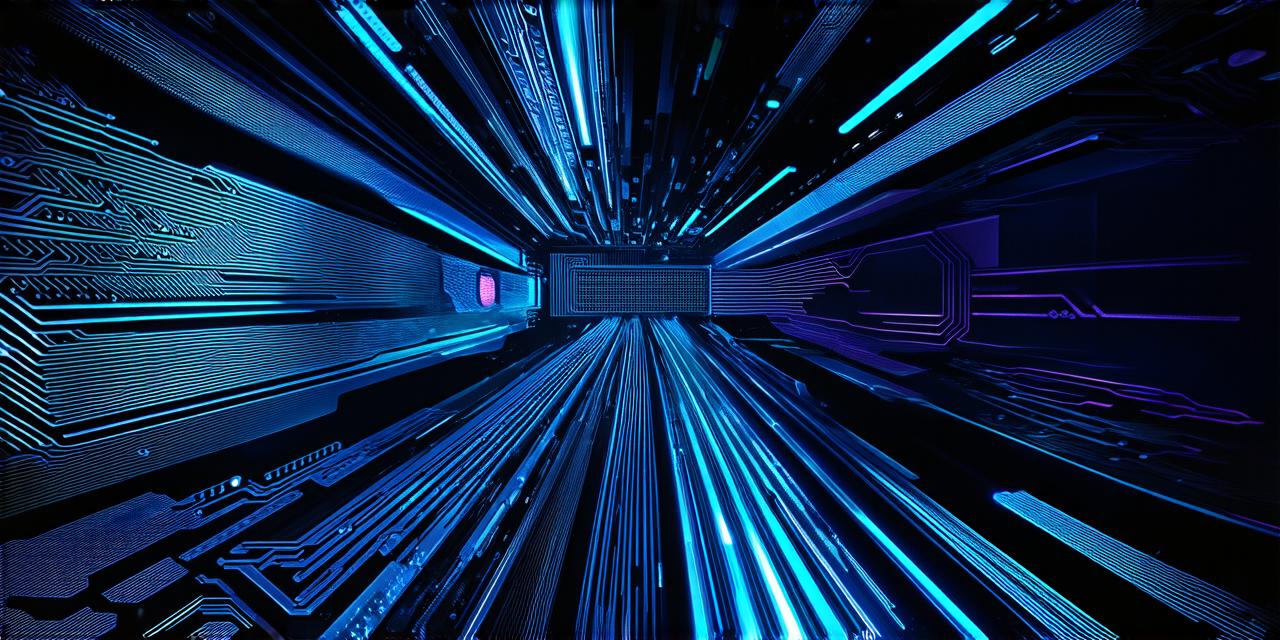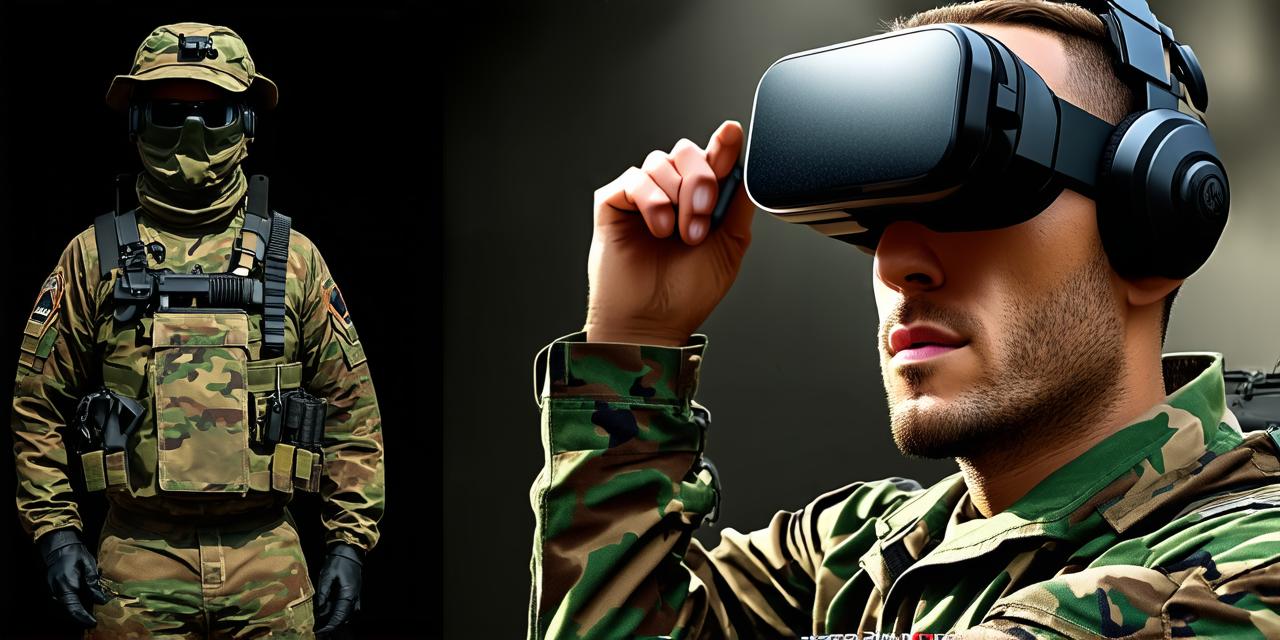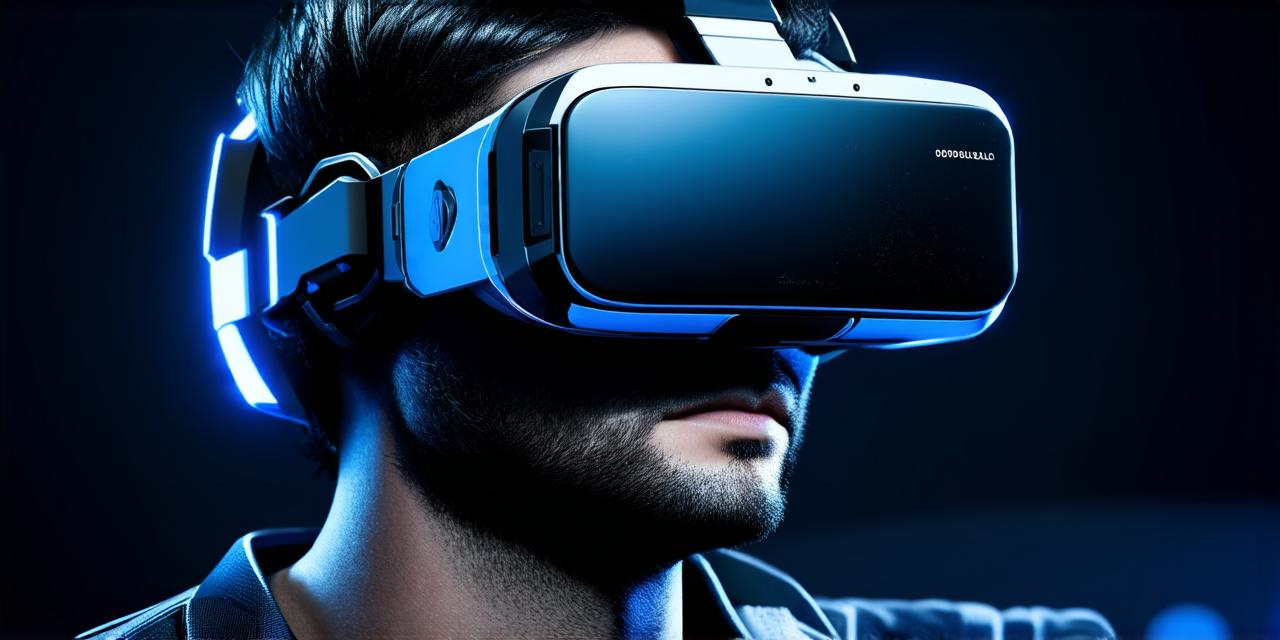Virtual reality (VR) technology has come a long way since its inception.
The development of VR requires a combination of hardware and software engineering, as well as expertise in various fields such as computer graphics, user experience, and motion capture.
Hardware Components
The first step in developing a virtual reality system is to design the hardware components. This includes the head-mounted display (HMD), which is worn by the user to view the virtual environment, and the sensors that track the user’s movement. Other important hardware components include the computer or server that generates the VR content, the input devices such as controllers or gloves for interacting with the virtual world, and the audio equipment for providing an immersive sound experience.
## Software Components
Once the hardware components are designed, the next step is to develop the software that will bring the virtual environment to life. This involves creating a 3D model of the environment, which includes all the objects, characters, and background elements that the user will see in the virtual world. The software also needs to handle the rendering of the virtual environment, which involves generating realistic images and animations based on the user’s actions.
## Programming Languages
The programming languages used for VR development vary depending on the platform and hardware being used. For example, Unity and Unreal Engine are popular game engines that use C and C++ respectively to develop virtual reality applications. Other programming languages that may be used include Java, Python, and JavaScript.
## Development Process
The development process for VR applications involves several stages, including concept design, prototyping, testing, and refinement. Concept design involves brainstorming ideas for the virtual environment and the user experience. Prototyping involves creating a basic version of the application to test out the concepts and identify areas that need improvement. Testing involves rigorous testing of the application to ensure that it works as intended and is free from bugs and glitches. Refinement involves making changes based on user feedback and iterating until the final product is satisfactory.
## Challenges in VR Development

Virtual reality development presents several challenges, including:
- Creating a realistic virtual environment that can accurately simulate the real world.
- Ensuring that the virtual environment is accessible to all users, regardless of their physical abilities or limitations.
## Conclusion
Virtual reality development requires a combination of hardware and software engineering, as well as expertise in various fields such as computer graphics, user experience, and motion capture. While there are challenges to overcome, the potential rewards of creating immersive virtual environments that can transform the way we interact with technology make VR development a worthwhile pursuit.



